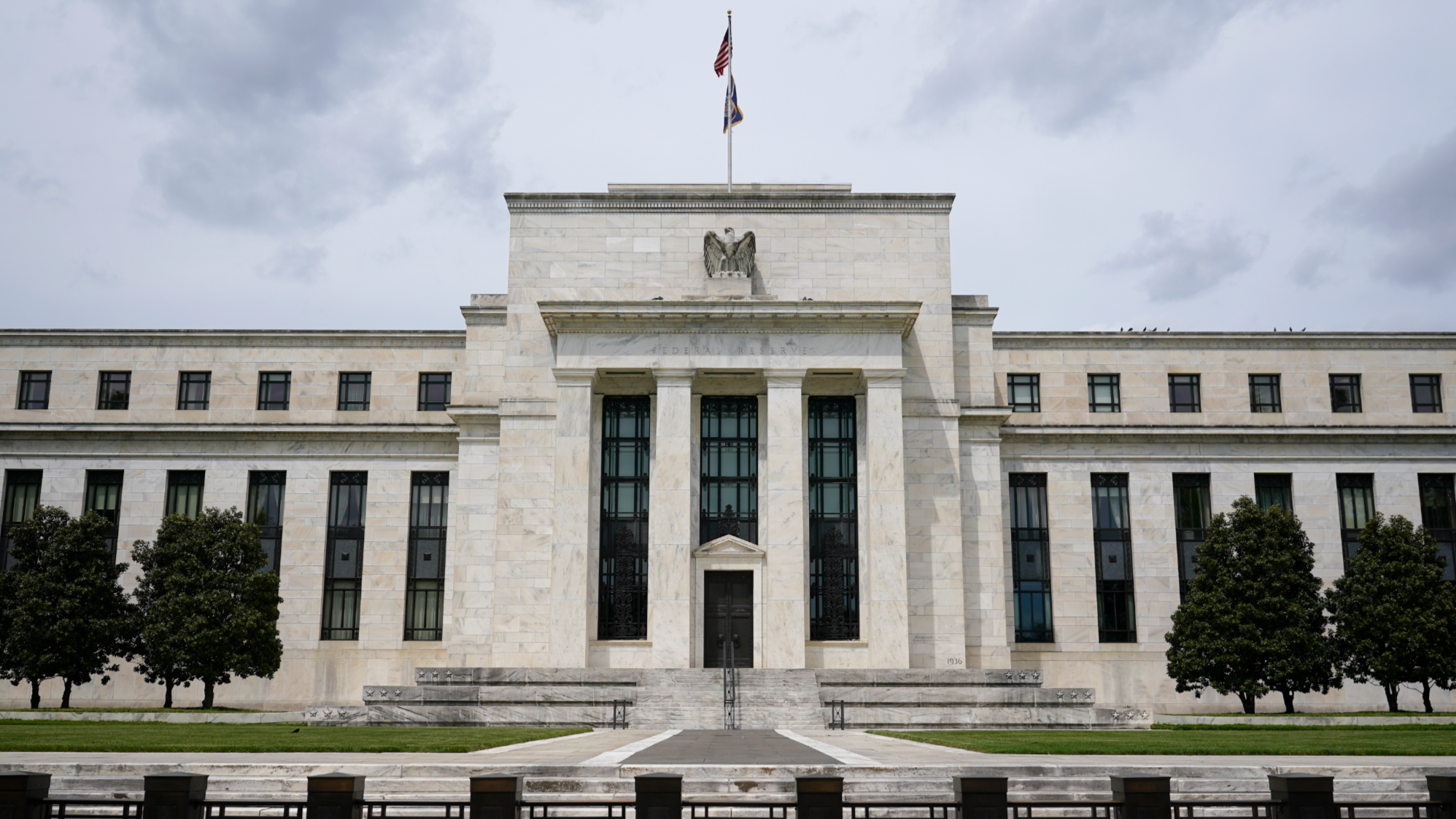Analysts expect US central bank’s policy shift to spur easing moves elsewhere, including China

The first rate cut in over four years by the US Federal Reserve may encourage a series of moves by other central banks including that of China, analysts said.
In a statement on Sept 18, the Federal Open Market Committee (FOMC), the US central bank’s policy-setting body, said: “In light of the progress on inflation and the balance of risks, the Committee decided to lower the target range for the federal funds rate by 1/2 percentage point to 4-3/4 to 5 percent.”
The slash of interest rates by 50 basis points signals the start of an easing cycle. Starting from March 2022, the Fed had raised rates consecutively for 11 times to combat inflation not seen in forty years, pushing the target range for the federal funds rate up to between 5.25 percent and 5.5 percent, the highest level in over two decades.
After maintaining rates at the high level for over a year, the Fed’s tight monetary policy faced pressure to pivot due to the easing of inflationary pressures, signs of weakening in the job market, and slowing economic growth.
Fed Chair Jerome Powell, when asked about this “larger-than-typical rate cut”, acknowledged at a press conference after the Fed’s two-day meeting that it is “a strong move”, adding: “We don’t think we’re behind. We think this is timely, but I think you can take this as a sign of our commitment not to get behind.”
The Fed chair pointed out that inflation “has eased substantially” from a peak of 7 percent to an estimated 2.2 percent as of August, referring to the personal consumption expenditures price index, the Fed’s preferred inflation gauge.
Powell noted that in the labor market, conditions have continued to cool. The median unemployment rate projection, meanwhile, showed that unemployment rate would rise to 4.4 percent at the end of this year, up from 4.0 percent in June projection.
“All 19 of the (FOMC) participants wrote down multiple cuts this year. All 19. That’s a big change from June,” Powell told reporters, referring to the closely watched “dot plot” report of where each FOMC participant sees the Fed funds rate heading.
China’s central bank may soon opt for more easing moves amid the US interest rate cut cycle, as headwinds are emerging as the nation strives to stabilize domestic economic momentum, analysts said.
Possible measures include a reduction in the reserve requirement ratio (RRR) — the proportion of deposits banks must keep as reserves, or a cut in lending rate benchmarks and mitigation in financial burdens of outstanding mortgages, they said.
“We anticipate that China is entering a key period for monetary policy, in which the probability of cuts in the RRR and interest rates as soon as possible is increasing,” said Wu Chaoming, deputy director of the Chasing International Economic Institute.
The US Federal Reserve’s shift in policy stance will create more favorable conditions for China to cut interest rates, Wu said, adding that domestic factors also point to the rising possibility of rate cuts, including insufficient demand, weakening momentum of month-on-month economic growth and elevated real interest rates.
Mark Haefele, chief investment officer at UBS Global Wealth Management, said that in a base case forecast scenario in which the US economy will achieve a soft landing, there is room for 100 basis points interest rate reductions this year and another 100 basis points in 2025.
Yang Delong, chief economist at First Seafront Fund, said the Fed entering a rate cut cycle has provided a firm foundation for the People’s Bank of China, the country’s central bank, to implement a relatively loose monetary policy.
This is because the renminbi has started to appreciate against the US dollar upon anticipation of narrowing US-China interest rate spreads, Yang said, adding that August data, especially lukewarm retail sales growth, indicated that China’s economic growth still needs consolidation.
Xinhua contributed to this report.


